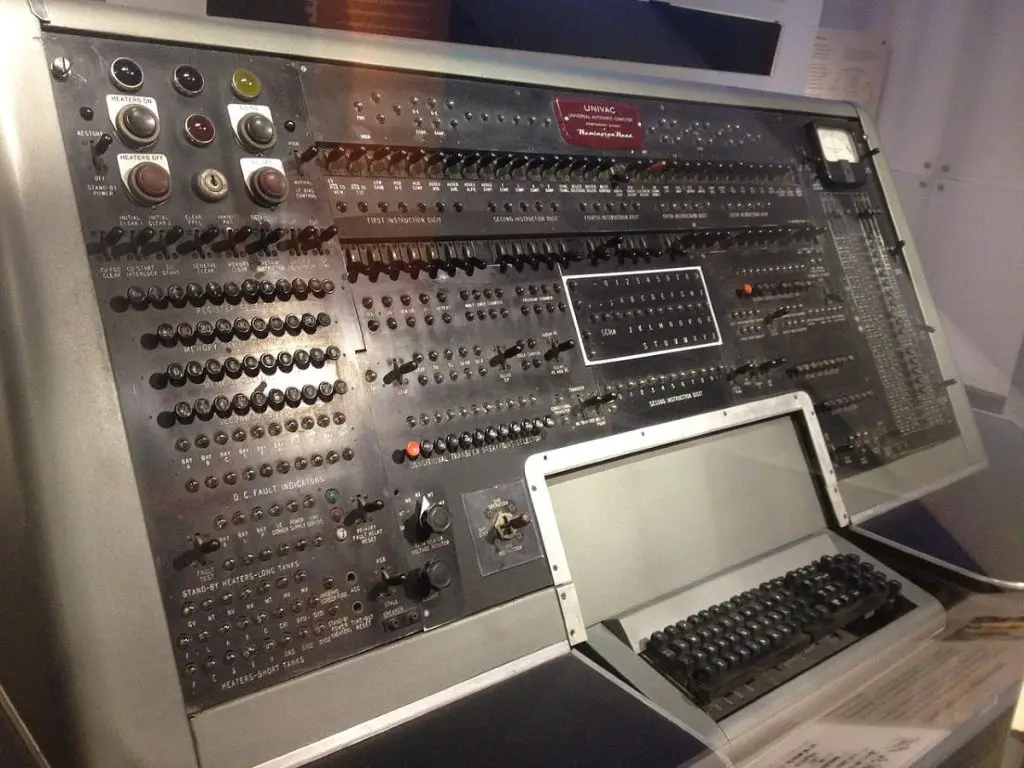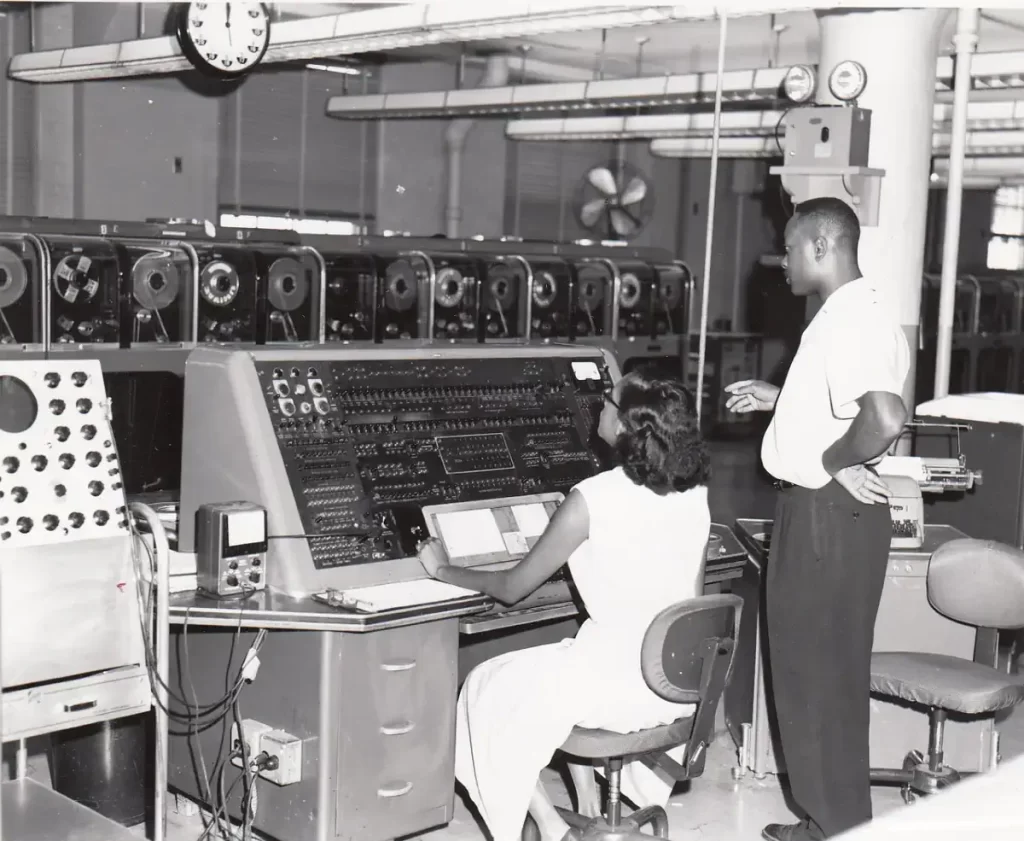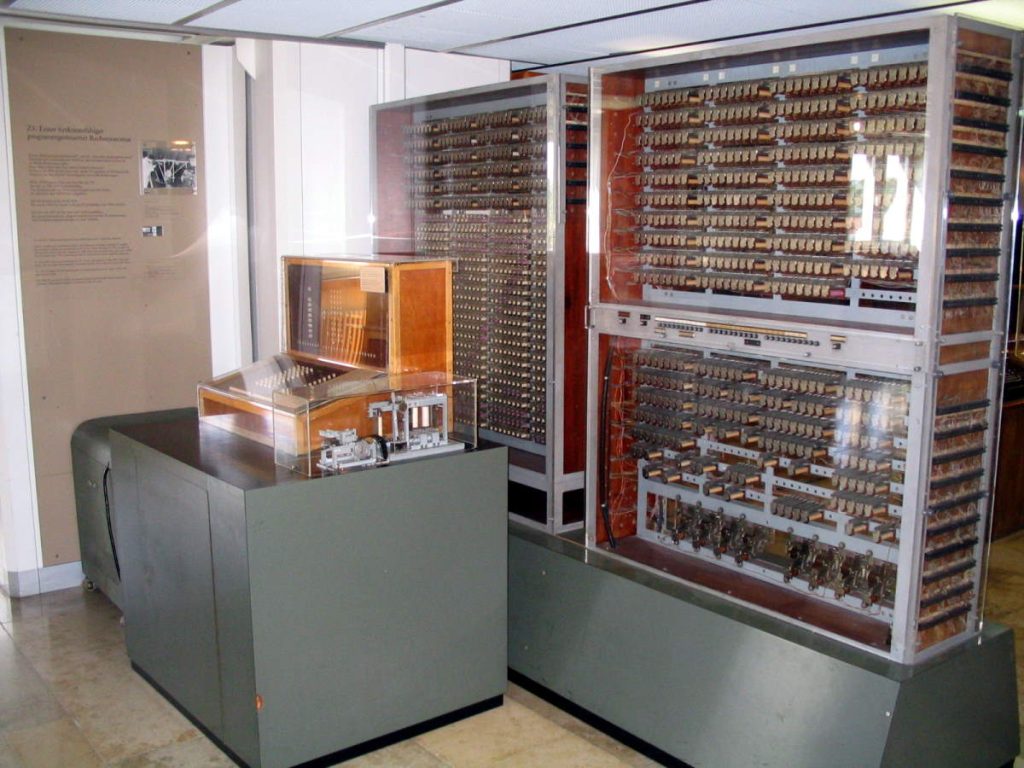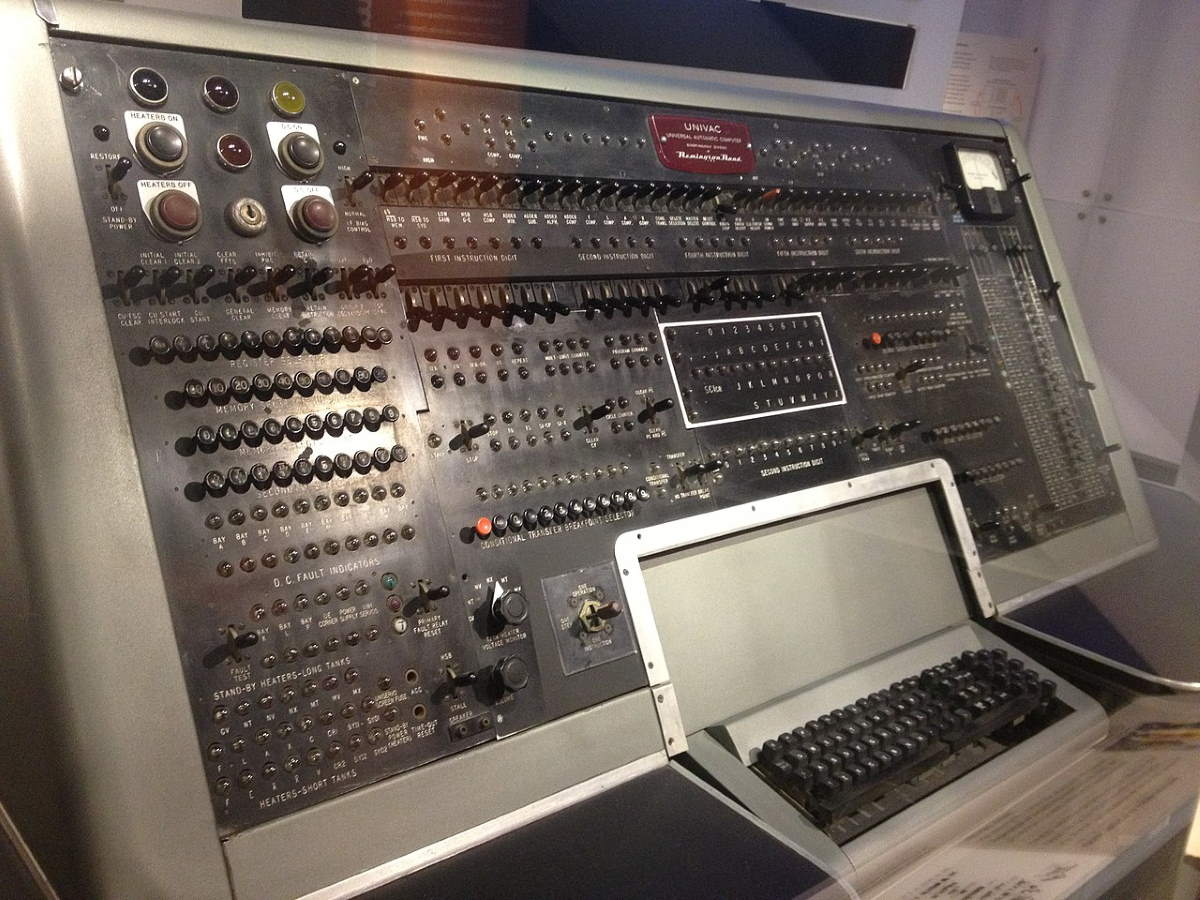On June 14, 1951, UNIVAC I (UNIVersal Automatic Computer I), the world’s first general-purpose electronic digital computer was unveiled. running on a 2.25 MHz clock, it was capable of completing 1,905 instructions per second.
Today’s (June 14) story of what happened this day in Science, Technology, Astronomy, and Space Exploration history.
UNIVAC I
UNIVAC I was the first commercial computer in the world. The machine is famous for predicting the result of the 1952 Presidential election, which Dwight D. Eisenhower won.
The machine was simply known as “the UNIVAC” until its successor models appeared. The Eckert-Mauchly Computer Corporation started its development. It was completed after Eckert-Mauchly had been acquired by Remington Rand (which later became part of Sperry, now Unisys).
Eckert-Mauchly Computer Corporation was founded by the American electrical engineer and computer pioneer J. Presper Eckert (April 9, 1919 – June 3, 1995) and the American physicist John Mauchly (August 30, 1907 – January 8, 1980). They were part of a cadre of scientists and mathematicians who created of ENIAC (Electronic Numerical Integrator and Computer), the world’s first programmable, electronic, general-purpose digital computer, which was completed in 1945.
After the war, Eckert and Mauchly were eager to commercialize this technology, but their employer, the University of Pennsylvania was reluctant. So, in 1946, they left the academia and started working on UNIVAC. They started a computer engineering company that would become the Eckert-Mauchly Computer Corporation.
Eckert and Mauchly developed the UNIVAC during the next five years under contract with the United States Census Bureau, the principal agency of the U.S. Federal Statistical System.
A total of 46 UNIVAC-I systems were eventually built and delivered. Its original price was US$159,000, but, its prices rose until they were between $1,250,000 and $1,500,000.

The power of magnetic tape
UNIVAC I was thousands of times faster than its rivals. It was also among the first “stored program” computers, using magnetic tape, rather than punch cards, to collect and manage data.
Up to one million characters could be stored and accessed on magnetic tape. An operator did not have to load data into the machine every time s/he wished to perform a calculation; instead, the UNIVAC could access data stored on its magnetic tape.
But, potential customers were concerned about the high cost of manually converting large quantities of existing data stored on cards. So, engineers added an offline card processing equipment, the UNIVAC Tape to Card converter, to transfer data between cards and UNIVAC magnetic tapes.
UNIVAC machines soon became equated with the future of computing in the public mind thanks to a publicity stunt in the 1952 United States presidential election. With a sample of a mere 5.5% of the voter turnout, UNIVAC I successfully predicted an Eisenhower landslide.


June 14 in Science, Technology, Astronomy, and Space Exploration history
- 1951: UNIVAC I, the world’s first commercial computer was unveiled.
- 1822: Charles Babbage Unveiled the Difference Engine.
Sources
- UNIVAC I on Wikipedia
- UNIVAC I on Engineering and Technology History Wiki
- How Many Elephants are Left in the World in 2025? - August 17, 2025
- Moon Landings: All-Time List [1966-2025] - February 2, 2025
- What Is Max-Q and Why Is It Important During Rocket Launches? - January 16, 2025
